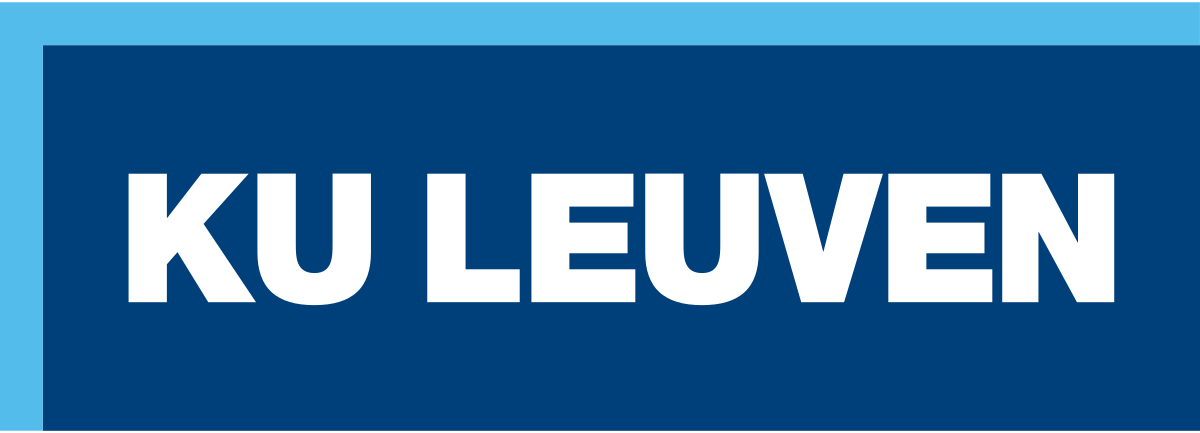KU Leuven students to give convicts the “Benefit of the Doubt” in interfaculty educational project
In an interfaculty educational project, students of law, criminology and forensic sciences jointly investigate files of possibly wrongfully convicted persons. Did the investigation proceed correctly? Can new research methods or research actions yield new insights? In the “Benefit of the Doubt” project, students gain a wealth of practical experience and at the same time provide services: they work on a real case in which the lawyer can choose to request a review of the investigation based on their report.
Is it possible that people in our country have been wrongly convicted of a crime they did not actually commit? Officially, no miscarriage of justice has been reported in our country. But that doesn’t mean it hasn’t happened before.
There are cases where a wrongful conviction was narrowly avoided, such as the case of the vulnerable Carlo VH who made a false confession to murder. There are probably also cases where such errors were not discovered in time. For example, several criminal lawyers said during the VRT series “Strafpleiters” that they have clients who may have been convicted innocently.
Benefit of the doubt
Nevertheless, the official counter remains at zero for the time being. “Alleged victims of miscarriages of justice can turn to the Committee for Review in Criminal Cases, which was set up in 2018,” says Professor of Criminal Law Frank Verbruggen. “But it is not always easy for convicts to discover new data themselves or to know that new scientific insights exist.”
“Benefit of the Doubt” wants to change that. In this KU Leuven educational project, students get to work on a case in which the convicted person continues to maintain his innocence. Where the legal system has closed all doors, the project makes a new analysis of the alleged investigative acts, the available evidence, and the possible scenarios.
Education and services
The “Benefit of the Doubt” project is unique in Belgium. During an academic year, ten or so students from different disciplines will work together on one case. They are followed up by the project team, with three coordinating professors from the participating programs: Professor Henry Otgaar of Criminological Sciences, Professor Frank Verbruggen for the Law program and Professor Bram Bekaert for Biomedical Sciences :
The forensic evidence in investigations often plays a crucial role. Our students use their expertise to examine these elements as well. Did everything go right? Or can new techniques bring more clarity?
Professor Bram Bekaert
Every two weeks, the students meet with the project team to discuss and present their progress. At the end of the academic year, they submit a synthesis report and present their findings in private. With this synthesis report, the lawyer can possibly submit a revision request.
“In this way, our students can really make a difference with their view on the chosen case. How was the research conducted? Was that done correctly? Our students gain first-hand experience and make a social contribution,” says Professor of Legal Psychology Henry Otgaar.
Case wanted
Not every case is eligible for review by the project. It is preferably a homicide (murder/manslaughter) or another serious crime. The convicted person must have been irrevocably convicted and claim that this is unjustified. In order to be selected for the project, the complete file must be available with the agreement of the convicted persons and their lawyer. Cases can be reported via the website of the project.
We select cases from which the students can learn about different mechanisms that can contribute to a wrongful conviction. These may be legal-psychological factors such as the interrogation style used, forensic-technical factors such as DNA analysis or blood spatter pattern analysis, and/or factors relating to the tactical choices made in the police investigation.
Tamara DeBeuf, PhD

